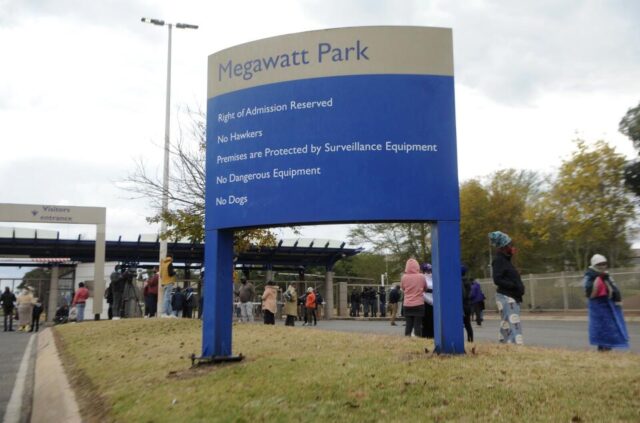A harsh winter with incidents of snowfall and frequent breakdowns at its coal-fired power plants has forced Eskom’s hand to lean heavily on the use of its Open Cycle Gas Turbines budget to keep the lights on, albeit with high levels of load shedding.
POWER utility Eskom has confirmed it will overshoot its Open Cycle Gas Turbines (OCGT) budget on diesel for its turbines and Independent Power Producers (IPPs) with likely recriminations from the National Energy Regulator of South Africa (Nersa).
A harsh winter with incidents of snowfall and frequent breakdowns in the coal-fired power plants has forced Eskom’s hand to lean heavily on the use of its OCGTs to keep the lights on, albeit with high levels of load shedding.
When questioned whether Eskom was still within the Nersa-prescribed use of OCGTs, Eskom said: “No, the OCGT usage is exceeding and will exceed the Nersa-prescribed use of OCGTS.”
Given the cold fronts and subsequent higher demand, Eskom has been forced to utilise more of its OCGTs to bridge the generation gap.
“Yes, the OCGT load factor has been increased over the winter period to accommodate the requirements of the power system. The load factor has been significantly higher compared to previous years,” Eskom said in interaction on the use of OCGTs over the winter peak period.
OCGTs are power stations that use diesel as their primary resource. Since this is a limited fuel source, and comes at a great expense, the utilisation is tracked very closely.
Eskom said given the current demand and production challenges, the total projected spend for the year is R28 billion, including the IPPs.
The power utility has been given a R184bn debt bailout on condition it finances its own operations and shortfalls going forward.
Specifically, the Eskom Debt Relief Bill stipulates that R78bn will be allocated to Eskom in the 2023/24 financial year, followed by R66bn in the 2024/25 year and R40bn in the 2025/26 financial year.
“Eskom prepared a budget assuming R28bn for Eskom and IPP OCGTs. Any requirement above the approved budget will have to be funded from cash from operations,” it said to enquiries on how to fund the excess in the use of OCGTs.
Eskom has increased the use of OCGTs in line with the need to balance system supply and demand. The additional funds required above what Nersa approves is funded via its own coffers or by other means including from National Treasury.
At Regulatory Clearing Accounts (RCA) stage, Eskom motivates why some of the cost must be passed on to the end-use customer through the claw-back mechanism.
Nersa tests the costs for prudency and efficiency before they are passed on to consumers, according to the MYPD methodology.
Eskom’s annual OCGT usage has peaked at 22 percent from the beginning of April this year, though there were weeks in May when it ramped up to more than 45 percent.
“The total projected spend for the year is R28bn including the IPPs. Eskom prepared a budget assuming R28bn for Eskom and IPP OCGTs. Any requirement above the approved budget will have to be funded from cash from operations,” Eskom said.
Nersa said in accordance with the MYPD methodology, when it processes Eskom’s Multi-Year Price Determination (MYPD) applications, the volume threshold is determined.
The value determined is based on numerous assumptions based on the Production Plan provided by Eskom.








